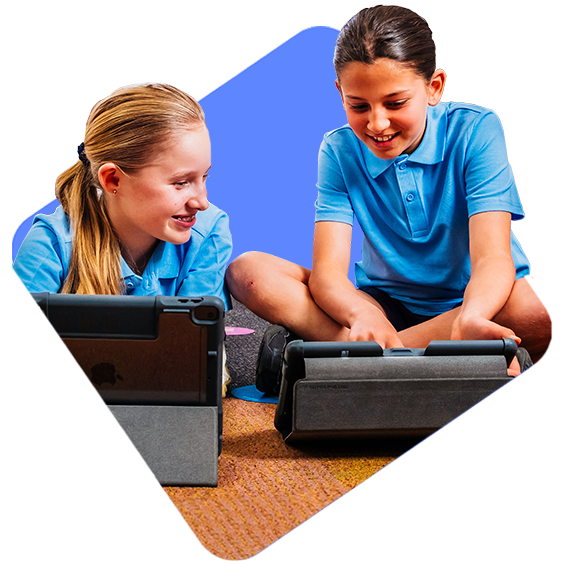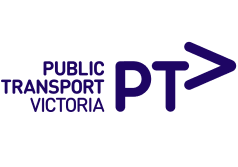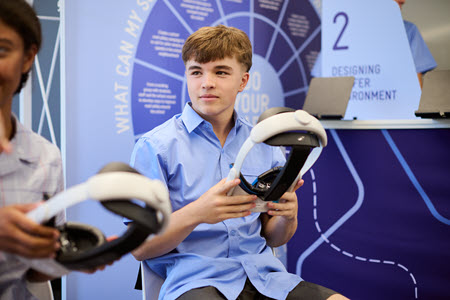
Looking for evidence-informed resources or programs?


Road Safety Resources
Find road safety education resources relevant to your teaching and learning needs.

Book your 2026 Road Safety Programs Now
View our featured road safety education programs and book your spot for 2026.
Download hereFree Education Resources for All Ages
Explore evidence informed programs, lesson plans and resources for babies, children, adolescents, and young adults.
Find resourcesRoad Smart Interactive
Feature Program
Road Smart Interactive is a free road safety education incursion program for year 9, 10, 11 and VCE VM students. It is available for all Victorian secondary schools.
Learn moreBike Ed
Feature Program
Bike Ed is a program for primary and secondary students and is designed to help build bike riding and road safety skills.
Learn more




